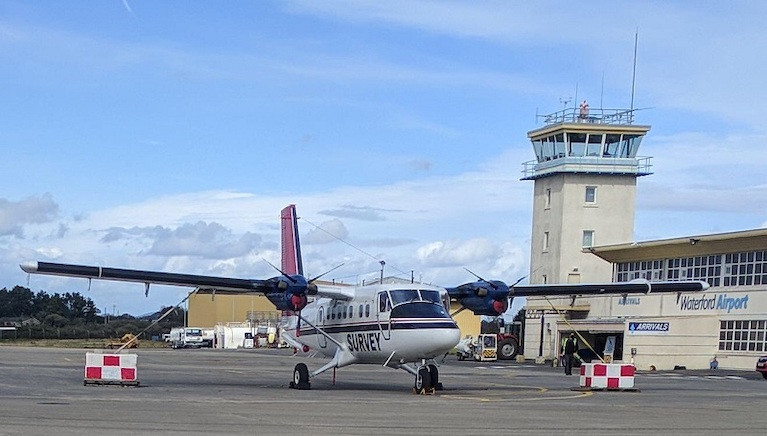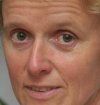Ireland should have 75 per cent of its land territory mapped this year, according to the Geological Survey of Ireland (GSI).
A low-flying aircraft will gather geophysical date over counties Laois, Tipperary, Kilkenny and Waterford, and neighbouring parts of Offaly, Cork, Carlow and Kildare from September until the end of the year, weather permitting, the GSI says.
Based at Waterford airport, the survey plane will be flying at 60 metres over rural areas – about eight times the height of a two-storey house – and 240 metres over urban areas in the coming months, as approved by the Irish Aviation Authority.
The GSI is already involved in seabed mapping with the Marine Institute under the INFOMAR programme, and the Tellus Survey has been conducted on land over the last nine years.
Tellus collects geochemical and geophysical data on rocks, soil and water across Ireland. It involves airborne physical surveying using a low-flying aircraft, and ground-based geochemical surveying of soil, stream water and stream sediment.
It is currently funded under Project2040 - the National Development Plan – by the Department of Communications, Climate Action and Environment.
The department says it has “the potential to deliver positive economic, environmental and agricultural benefits by helping to assist in local environment understanding, soil management, and natural resource potential for these counties”.
Tellus project manager and senior geologist Dr James Hodgson describes it as “an important national project, providing valuable insights into the geological makeup of Ireland”.
“The data collected from the Tellus Survey helps us to sustainably manage our environment and natural resources as well as protecting public health,” he said.
The survey aircraft is a white, twin-propeller plane (as pictured), which is easily identified by its red tail and black stripe as well as the word ‘SURVEY’ and registration number C-GSGF written across both sides of the plane.
Data collected throughout the Tellus project is published and made freely available to all on the Tellus website (www.tellus.ie).
































































